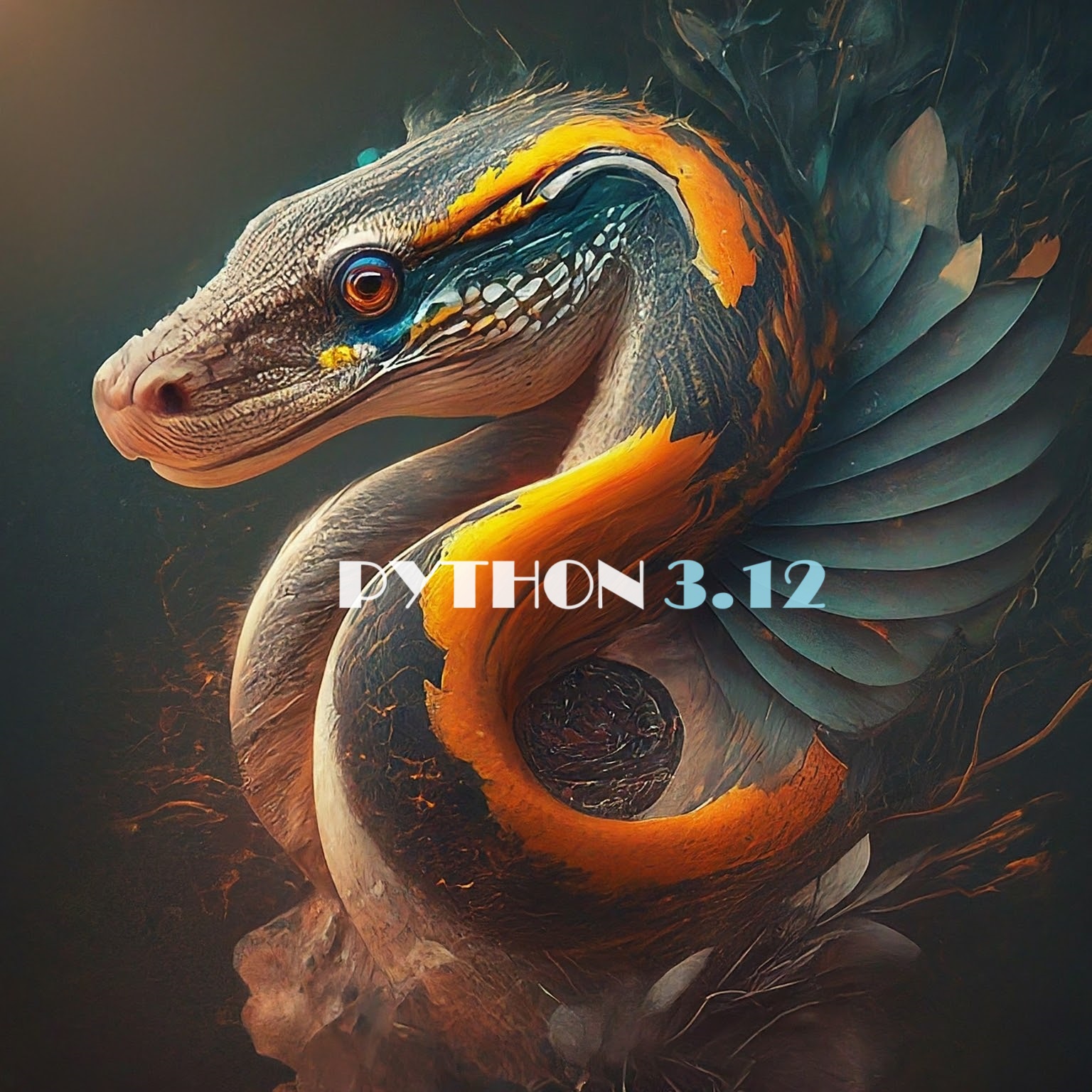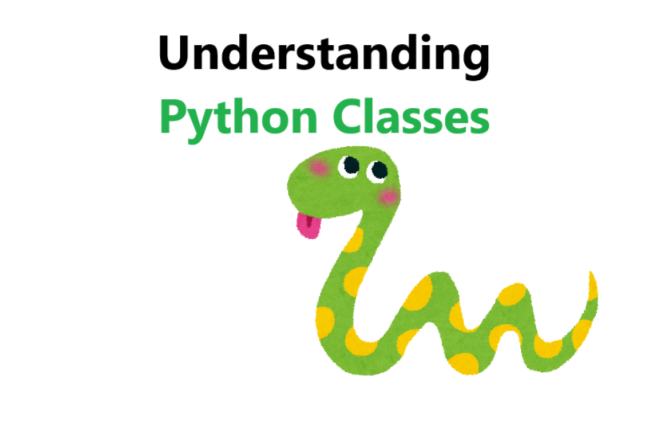Python continues to be one of the most popular programming languages in the world, known for its simplicity, readability, and versatility. With each new release, Python introduces enhancements and new features that make it even more powerful and developer-friendly.
Python is a high-level, interpreted programming language known for its simplicity, readability, and versatility. Created by Guido van Rossum and first released in 1991, Python has grown to become one of the most popular programming languages in the world. Its design philosophy emphasizes code readability and simplicity, making it an excellent choice for both beginners and experienced developers. Python supports multiple programming paradigms, including procedural, object-oriented, and functional programming, and it has a large standard library that provides tools suited to many tasks.
With the release of Python 3.12, the language has continued to evolve, introducing new features and enhancements that make it even more powerful and efficient. This article explores what Python is, its core principles, and how the landscape looks with the introduction of Python 3.12.
Python 3.12 is no exception, bringing a host of improvements that cater to both beginners and experienced developers. In this article, we’ll explore some of the standout features of Python 3.12, highlighting how they enhance the language and improve the coding experience.

What is Python?
Python is a general-purpose programming language that is widely used for various types of programming and software development. This includes web development, data analysis, artificial intelligence, scientific computing, and more. Python’s syntax is designed to be readable and straightforward, which helps developers write clear and logical code for small and large-scale projects.
Key Features of Python
- Readability and Simplicity: Python’s syntax is clean and easy to understand, making it accessible to new programmers. It uses indentation to define code blocks, which promotes readability and reduces the need for complex syntactic structures.
- Interpreted Language: Python is an interpreted language, meaning that it is executed line-by-line, which facilitates interactive testing and debugging.
- Dynamically Typed: Python is dynamically typed, which means that you don’t need to declare the type of a variable when you create one. This can make the code more flexible and concise.
- Extensive Standard Library: Python’s standard library is vast and includes modules for various tasks such as file I/O, system calls, and even web browsers. This allows developers to accomplish a lot with minimal code.
- Community and Ecosystem: Python has a large and active community that contributes to a rich ecosystem of libraries and frameworks, such as Django for web development, Pandas for data analysis, and TensorFlow for machine learning.
Python Use Cases
- Web Development: Using frameworks like Django and Flask.
- Data Science and Machine Learning: With libraries like Pandas, NumPy, Scikit-learn, and TensorFlow.
- Automation and Scripting: Writing scripts to automate repetitive tasks.
- Software Development: Building desktop and server applications.
- Scientific Computing: With libraries such as SciPy and Matplotlib.
Python 3.12.x – What it brings on the table
Python 3.12 brings several enhancements and new features that continue to solidify Python’s position as a leading programming language. Here are some of the key highlights and how they impact the current landscape.
1. Enhanced Performance
One of the most significant improvements in Python 3.12 is its enhanced performance. The Python development team has been focusing on making Python faster and more efficient, and this release includes several optimizations.
Faster Startup Time
Python 3.12 features a reduced startup time, which is particularly beneficial for command-line tools and short-lived scripts. The interpreter initialization has been optimized, making Python applications start quicker and run more efficiently.
Optimized Bytecode
The bytecode execution has been fine-tuned in Python 3.12. By improving the internal representations and execution of bytecode, the overall execution speed of Python programs has been increased. This is particularly noticeable in compute-intensive applications where performance is critical.
2. Improved Error Messages
Python has always been praised for its user-friendly error messages, but Python 3.12 takes this a step further. The new and improved error messages are more descriptive and informative, making it easier for developers to understand and fix issues in their code.
Example of Improved Syntax Error
Consider a common syntax error:
pythonCopy codeif True
print("Hello, World!")
In previous versions, Python would return a somewhat cryptic message. In Python 3.12, the error message is much clearer:
plaintextCopy codeFile "example.py", line 1
if True
^
SyntaxError: expected ':'
This enhancement helps developers quickly identify and correct syntax errors, saving time and reducing frustration.
3. New and Improved Libraries
Python 3.12 includes updates to several standard libraries, introducing new functionalities and enhancing existing ones. These improvements make it easier to perform a wide range of tasks, from data manipulation to networking.
Enhanced datetime Module
The datetime module has received several updates, making it more powerful and versatile. New methods and attributes have been added to handle common date and time operations more efficiently.
Example: New fromisoformat Method
The datetime module now includes a fromisoformat method, which simplifies the process of creating datetime objects from ISO 8601 strings:
from datetime import datetime
iso_date = "2023-06-01T12:30:00"
dt = datetime.fromisoformat(iso_date)
print(dt)
This method makes it easier to parse ISO 8601 date strings, which are commonly used in web APIs and data interchange formats.
Enhanced pathlib Module
The pathlib module, which provides an object-oriented interface for file system paths, has also been improved. New methods and attributes have been added to simplify common file operations.
Example: New read_text Method
The pathlib module now includes a read_text method, which allows you to read the contents of a file directly into a string:
from pathlib import Path
file_path = Path('example.txt')
content = file_path.read_text()
print(content)
This method provides a more concise and readable way to read file contents, compared to the traditional approach using open and read.
4. Pattern Matching Enhancements
Pattern matching, introduced in Python 3.10, has become an incredibly powerful feature for writing concise and readable code. Python 3.12 brings further enhancements to this feature, making it even more versatile and useful.
Improved Match Cases
Python 3.12 introduces several improvements to match cases, allowing for more complex and nuanced patterns. This enables developers to write more expressive and efficient code.
Example: Matching with Type Guards
Type guards can now be used within match cases to perform type-specific operations:
def process(value):
match value:
case int() if value > 0:
print("Positive integer")
case int():
print("Non-positive integer")
case str():
print(f"String of length {len(value)}")
case _:
print("Unknown type")
process(42)
process(-1)
process("Hello")
This enhancement allows for more precise control over pattern matching, enabling developers to write cleaner and more maintainable code.
5. Improved Type Hinting
Type hinting, introduced in PEP 484, has been continuously improved in Python, and Python 3.12 brings several enhancements to this feature. These improvements help developers write more robust and self-documenting code.
New Self Type
Python 3.12 introduces a new Self type, which simplifies the process of writing type hints for methods that return an instance of their own class.
Example: Using Self Type
Consider a class with a method that returns an instance of the same class:
from typing import Self
class MyClass:
def copy(self) -> Self:
return MyClass()
obj = MyClass()
new_obj = obj.copy()
The Self type makes it clear that the copy method returns an instance of MyClass, improving code readability and maintainability.
Generic Type Alias Support
Python 3.12 also introduces support for generic type aliases, allowing developers to create more flexible and reusable type hints.
Example: Generic Type Alias
Consider a function that returns a list of elements of a specific type:
from typing import TypeVar, List
T = TypeVar('T')
def repeat(element: T, times: int) -> List[T]:
return [element] * times
result = repeat('hello', 3)
print(result)
This feature makes it easier to create generic functions and classes, improving code reusability and type safety.
6. Expanded F-Strings Capabilities
F-strings, introduced in Python 3.6, have become a favorite feature for many developers due to their simplicity and power. Python 3.12 expands the capabilities of f-strings, making them even more versatile.
Example: New =: Syntax
Python 3.12 introduces a new =: syntax for f-strings, which allows for more informative and readable output:
value = 42
print(f'{value=:}')
The output of this code is:
plaintextCopy codevalue=42
This enhancement is particularly useful for debugging and logging, making it easier to understand the values of variables in context.
7. Asynchronous I/O Improvements
Asynchronous programming has become increasingly important in modern applications, and Python continues to improve its support for asynchronous I/O. Python 3.12 introduces several enhancements that make asynchronous programming more efficient and user-friendly.
Enhanced asyncio Module
The asyncio module, which provides a framework for asynchronous programming, has been improved with new features and optimizations.
Example: New to_thread Method
The asyncio module now includes a to_thread method, which allows you to run blocking code in a separate thread without blocking the main event loop:
pythonCopy codeimport asyncio
def blocking_function():
import time
time.sleep(2)
return "Done"
async def main():
result = await asyncio.to_thread(blocking_function)
print(result)
asyncio.run(main())
This method makes it easier to integrate blocking code into asynchronous applications, improving performance and responsiveness.
8. Enhanced Security Features
Security is a critical concern in modern software development, and Python 3.12 introduces several enhancements to improve the security of Python applications.
Example: Improved Hashing Algorithms
Python 3.12 includes updates to its hashing algorithms, providing more secure and efficient hashing for common data types.
Example: Secure Hashing
Consider a scenario where you need to hash sensitive data:
import hashlib
data = b"secure data"
hash_value = hashlib.sha256(data).hexdigest()
print(hash_value)
The improved hashing algorithms in Python 3.12 ensure that your data is hashed securely, reducing the risk of collisions and vulnerabilities.
9. Better Debugging Tools
Python 3.12 introduces several improvements to its debugging tools, making it easier to diagnose and fix issues in your code.
Example: Enhanced pdb Module
The pdb module, Python’s built-in debugger, has been improved with new features and capabilities.
Example: Improved Stack Traces
Consider a scenario where you need to debug a complex issue:
import pdb
def faulty_function():
x = 1 / 0
pdb.run('faulty_function()')
The enhanced pdb module in Python 3.12 provides more informative and readable stack traces, making it easier to identify and fix issues.
Conclusion
Python 3.12 brings a wealth of new features and enhancements that make the language more powerful, efficient, and user-friendly. From performance improvements and better error messages to enhanced libraries and new capabilities for f-strings and type hinting, this release has something for every developer.
Whether you’re a seasoned Python developer or just starting your programming journey, Python 3.12 offers tools and features that can help you write better, more efficient code. By taking advantage of these new capabilities, you can improve the performance, readability, and maintainability of your Python applications, making your development experience more enjoyable and productive.
As Python continues to evolve, it’s exciting to see how these enhancements will shape the future of programming and the
More like this: Sending Messages in Slack Using Python – LearnXYZ





